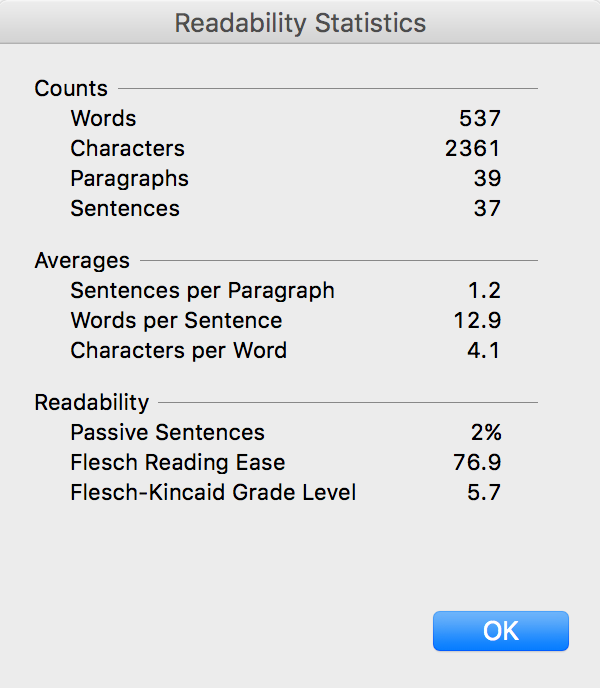Use the ‘simplicity’ consumer behavior tip to influence others.
In one of my previous posts, I mentioned the power of simplicity, and how it can boost your business.
Read: 3 Reasons simplicity will boost your business
In fact, it can boost way more than your business. It can help you in every aspect of your life.
Simplicity, especially, when applied in your communication, whether it’s spoken or written, makes others understand you.
When consumers understand what you are trying to say, you are able to influence their thoughts, emotions and ultimately their behavior. If they don’t understand you, then just forget about it.
“Write to the chimpanzee brain. Simply. Directly.”
Eugene Schwartz
… And while it’s always great to know what influences consumer behavior, if you don’t know how to do it, you might as well be as good as those who don’t know anything about the subject.
Drew Eric Whitman in his book Cashvertising nailed it, in so many aspects of consumer behavior and psychological principles.
Since we are talking about simplicity, I will zero down on how to write simply.
So many people have great ideas. You are one of them, and if you can’t communicate it clearly enough, no one will ‘get’ it.
Communication is an art.
One aspect of it is how you tell the story, another is how you write it down.
Whitman, shared a formula created by Dr. Rudolph Flesch in the book The Art of Plain Talk, that analyzes what makes writing easy or difficult to read.
The formula gives you a Flesch Reading Ease Score, in which you will get a score from 0 to 100. The higher the score, the easier it is to read and understand your written words.
I know the question in your mind right now.
What does the Flesch Reading Ease Score measure?
It measures:
- The number of words
- The number of syllables
- The number of sentences
- The average number of syllables per word
- The average number of words per sentence
The higher the score, the easier it is to read.
How good is your score?
- If your score is 0–30, then your grade is college grad.
- If your score is 30–50, then your grade is college.
- If your score is 50–60, then your grade is 10th to 12th.
- If your score is 60–70, then your grade is 8th and 9th.
- If your score is 70–80, then your grade is 7th.
- If your score is 80–90, then your grade is 6th.
- If your score is 90–100, then your grade is 5th.
Source: Ca$hvertising. Whitman, Drew Eric.
Here are a few tips shared by Whitman to increase your readability score:
- Shorten your sentences to about 11 words.
- Use simple words.
- Refer to people (you, he, she, etc.) at least 14 times in 100 words.
“Flesch gives an excellent example of how complexity affects score. The sentence, “John loves Mary” scores 92 — very easy. Now let’s crank up the difficulty. “John has a profound affection for Mary.” Not quite as simply said or as specific, is it? Score: 67. Not too bad, but definitely headed in the wrong direction.” — Whitman, Drew Eric.
You might be wondering how the heck should I know my score?
The good news is that this Flesch Reading Ease Score is embedded within Microsoft Word.
Click here to learn how to apply it to your Microsoft Word documents.
For the fun of it, here is my score for this specific blog post.

I scored 76.9. Not bad as a start. Oddly, it’s showing my Flesch-Kincaid grade level as 5.7, which is not consistent with the chart I shared above by Whitman.
Hmm… Don’t worry about the details though, and remember.
The higher the score, the easier it is to read.
